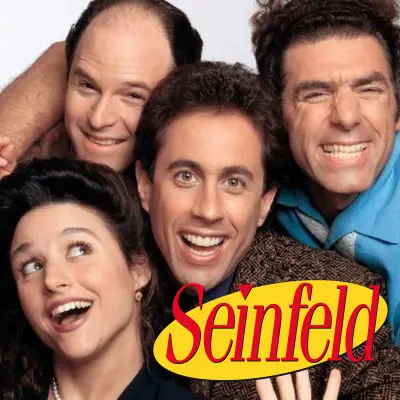From I Love Lucy to Friends to Seinfeld: How sitcoms changed how the world sees New York City
-

"In its seven-plus decades, the sitcom has uncannily mirrored, and shaped, public perceptions of New York City," writes Kathryn VanArendonk in New York Magazine's new book The Encyclopedia of New York. "Lucy and Ricky Ricardo, in later seasons, moved from Manhattan to the suburbs like hundreds of thousands of New Yorkers did. During the urban-decay years, angry white conservatism in Queens made itself known on All in the Family, and as Black Americans made their way into the upper-middle class, so too did George and Louise Jefferson, movin’ on up from Queens to Manhattan. The 1970s impulse toward social conscience, told through two generations at a Brooklyn high school, made itself seen on Welcome Back, Kotter. Since then, sitcoms have helped America reconceive New York not as somewhere to get stabbed but as a place where you could live your best life. In 1989, Seinfeld began to promulgate the idea that New York City existence was principally about having wacky, if venal, neighbors, and it conveyed local references— H&H bagels, black-and-white cookies, subway seat-stealers, George Steinbrenner as perpetual white noise—to a national audience. Jerry Seinfeld once described the premise of the show like this: 'In New York, you can do nothing, and it’s very entertaining.'"
TOPICS: Seinfeld, All in the Family, Friends, I Love Lucy, The Jeffersons, Welcome Back, Kotter, Retro TV
More Seinfeld on Primetimer:
